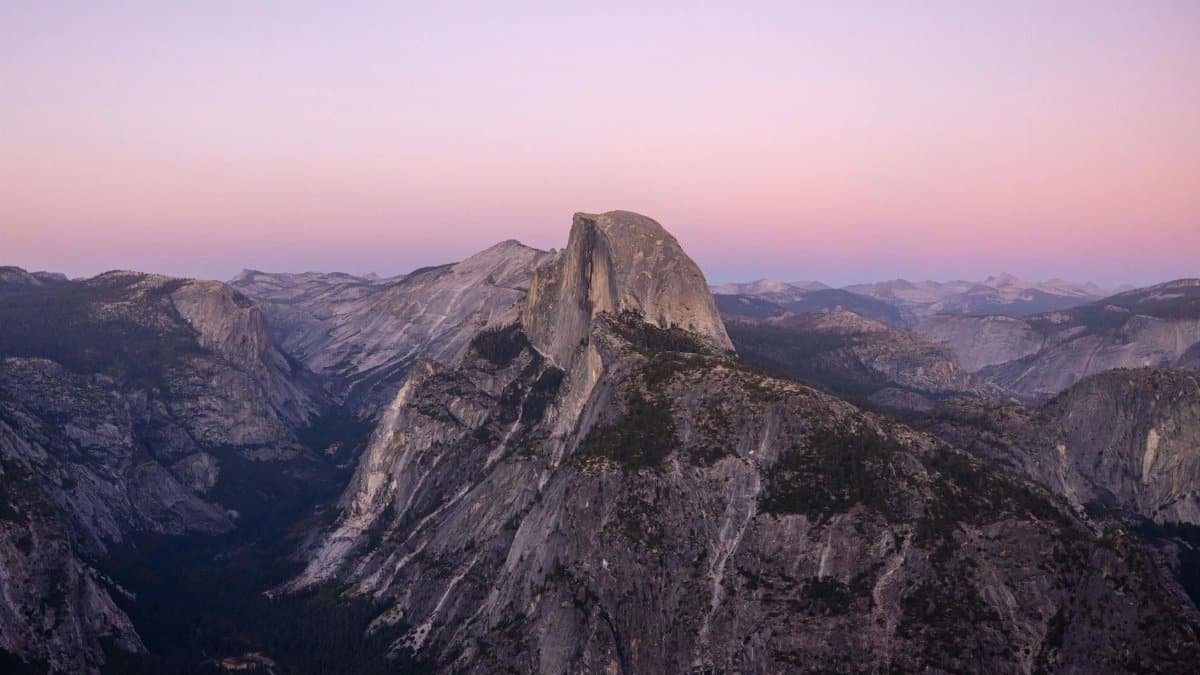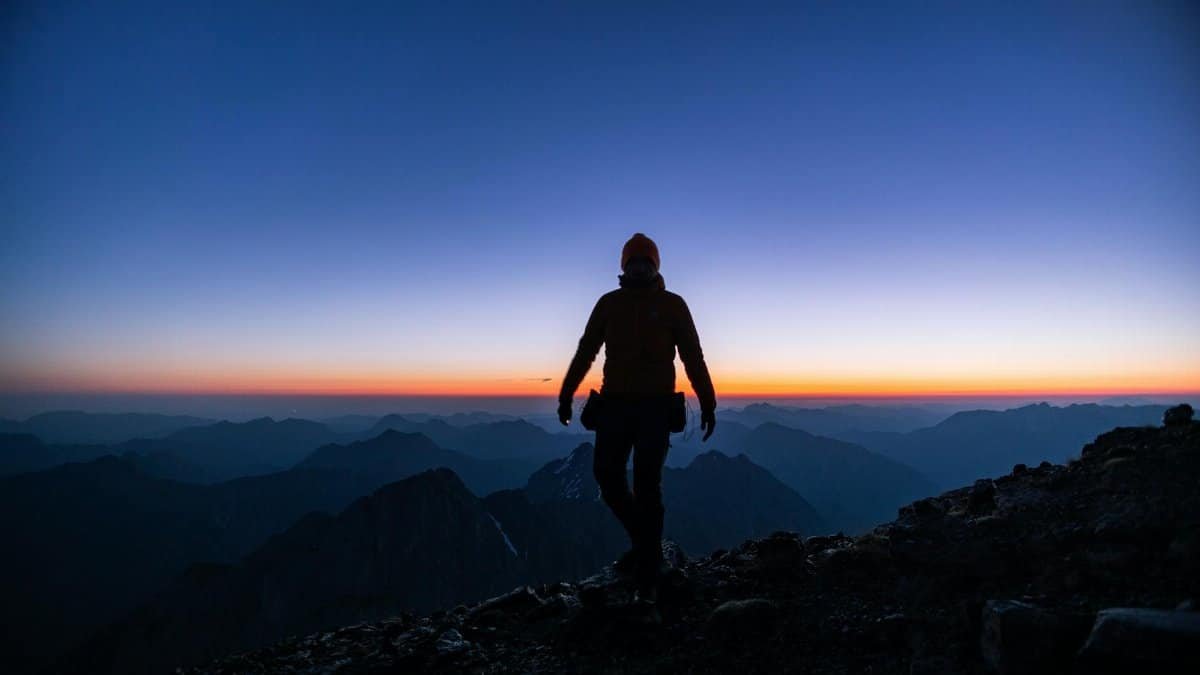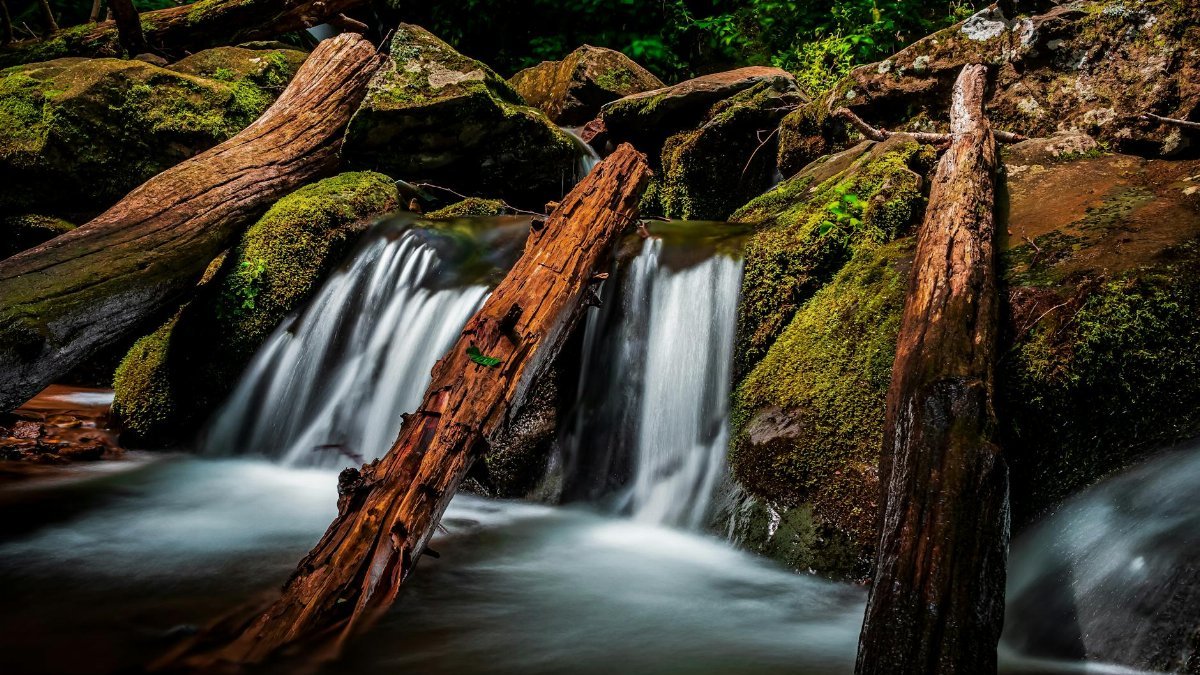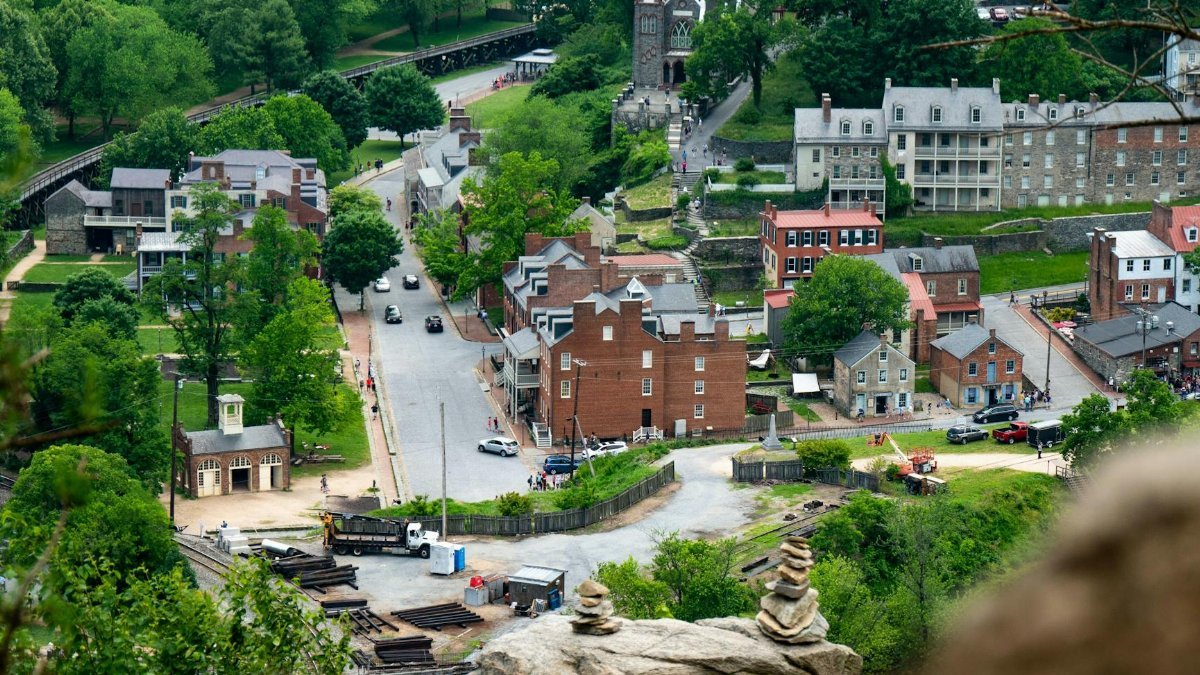Let’s start with a striking fact: a growing body of research suggests that spending time in nature can lower stress hormones like cortisol by as much as 20% in just 20 minutes. That’s not a vague wellness claim—it’s backed by studies from institutions like the University of Michigan. And nowhere is this effect more palpable than on the winding paths of the Appalachian region, where the concept of “Appalachian trails mood” has taken root as both a cultural touchstone and a scientifically supported reset. For many Americans, these trails offer more than scenic views; they’re a direct line to mental clarity. As stress and burnout continue to define much of life in 2025, the idea of stepping onto a trail to recalibrate feels less like a luxury and more like a necessity. So, which paths deliver this effect most reliably? Let’s explore 10 that stand out.
1. Grayson Highlands State Park, Virginia: A High-Altitude Mood Lift

Perched in Virginia’s highlands, this trail offers sweeping views of Mount Rogers and a unique landscape dotted with wild ponies. Studies on high-altitude environments suggest that elevation can enhance feelings of awe, which in turn reduce stress markers. A 2015 report from the National Library of Medicine notes that awe-inducing experiences can lower inflammation linked to anxiety. Hikers here often describe a palpable shift—an expansive quiet that seems to dissolve mental clutter. One anonymous account shared a simple observation: standing at 5,000 feet, the world below felt distant, and so did their worries. It’s not just poetic; it’s a measurable effect on the nervous system.
Beyond the science, the trail’s open balds and rocky outcrops invite long pauses. The air feels sharper, the silence deeper. It’s a place where the body slows down naturally, aligning with research on how green spaces regulate heart rate variability (HRV), a key indicator of stress resilience.
2. Clingmans Dome, Tennessee/North Carolina: Peak Serenity

At 6,643 feet, Clingmans Dome is the highest point on the Appalachian Trail, straddling the Tennessee-North Carolina border in Great Smoky Mountains National Park. The short but steep half-mile hike to the observation tower rewards visitors with 360-degree views—on clear days, visibility stretches up to 100 miles. Research from the U.S. Forest Service highlights how such expansive vistas can trigger parasympathetic nervous system activity, essentially signaling the body to relax. The Appalachian trails mood here feels almost tangible, as if the vastness itself absorbs tension.
Visitors often linger at the summit, not just for photos but for a quiet that’s hard to find elsewhere. It’s a reminder of how physical elevation can translate to an emotional one, grounding hikers in the moment.
3. Mount Moosilauke, New Hampshire: Rugged Reset

In the White Mountains, Mount Moosilauke’s 4,802-foot summit demands effort—think steep ascents and rocky terrain. But that physical challenge is part of its power. A study published through the National Library of Medicine found that moderate exertion in natural settings boosts endorphins while cutting cortisol levels. Hikers report a gritty satisfaction here, a sense of having earned the panoramic payoff at the top. The trail’s rawness strips away mental noise, leaving room for clarity.
One hiker’s memory stands out: after hours of climbing, the sudden view across the range felt like a hard reset, as if the brain had finally caught up with the body. It’s less about escape and more about realignment.
4. Springer Mountain, Georgia: The Starting Line of Calm

As the southern terminus of the Appalachian Trail, Springer Mountain holds symbolic weight. But its gentle slopes and dense forest also offer a measurable mood shift. Forest bathing, or shinrin-yoku, has been shown to reduce stress hormones, according to research summarized by the Environmental Protection Agency. The thick canopy here filters light into soft patterns, and the air carries a damp, earthy scent. It’s subtle, yet it works on the senses in ways that feel almost primal.
For many, starting a journey here—whether a day hike or a thru-hike—feels like stepping into a different mental space. The trail’s quiet hum sets a tone of introspection right from the first mile.
5. McAfee Knob, Virginia: Iconic Views, Instant Relief

McAfee Knob is often called the most photographed spot on the Appalachian Trail, and for good reason. The overhanging rock ledge offers a dizzying view of the Catawba Valley. But beyond Instagram-worthy shots, the site taps into what researchers call “restorative environments.” Studies indicate that such settings can lower blood pressure in minutes. Standing on that ledge, with the wind tugging at your jacket, it’s hard not to feel a release. The scale of the landscape dwarfs daily stresses, putting them in sharp perspective.
Conversations with fellow hikers often turn to that shared feeling—a collective exhale. It’s a spot where the Appalachian trails mood isn’t just personal; it’s communal.
6. Mount Katahdin, Maine: A Northern Catharsis

The northern endpoint of the Appalachian Trail, Mount Katahdin, looms at 5,269 feet with a reputation for rugged beauty. Its Knife Edge trail is not for the faint-hearted, but the payoff is a profound sense of accomplishment. Science backs this up: completing challenging outdoor tasks can spike dopamine levels, enhancing mood. The vast, untamed wilderness here amplifies that effect, offering a raw counterpoint to urban overload.
Thru-hikers often describe reaching Katahdin as a tearful moment—not just from exhaustion, but from a deep emotional unburdening. The mountain doesn’t just test the body; it recalibrates the mind.
7. Shenandoah National Park, Virginia: Gentle Paths, Deep Impact

Shenandoah’s network of trails, like the easygoing Hawksbill Loop, offers accessibility without sacrificing impact. The rolling Blue Ridge Mountains provide a backdrop that feels both intimate and immense. Research on green immersion shows that even short walks in such settings can improve focus and reduce rumination. Here, the rustle of leaves and distant bird calls create a soundscape that soothes without effort.
It’s a place where families and solo hikers alike find a shared stillness. The Appalachian trails mood settles in quietly, often unnoticed until you’re back in the car, realizing how much lighter you feel.
8. Bear Mountain, New York: Urban Escape with Rural Rewards

Just an hour from New York City, Bear Mountain offers a quick escape with serious benefits. The climb to Perkins Memorial Tower reveals views of the Hudson River, a stark contrast to concrete jungles. Urban proximity makes its stress-relief potential even more striking—studies show nature’s effects are amplified for city dwellers. The trail’s accessibility means anyone can tap into this shift, no extensive planning required.
On weekends, the summit buzzes with people shedding the week’s weight. One visitor recalled the river view as a literal breath of fresh air, a moment where deadlines seemed to dissolve.
9. Mount Mitchell, North Carolina: Quiet at the Top

At 6,684 feet, Mount Mitchell claims the title of the highest peak east of the Mississippi. Accessible by car or a moderate hike, its summit offers a serene escape. The cool, thin air and dense spruce-fir forest create an almost otherworldly calm. Studies link coniferous environments to lower stress responses, likely due to natural compounds in the air. It’s a subtle but real effect, felt in the slowing of breath and thoughts.
Hikers often sit silently at the observation tower, absorbing the vastness. It’s less about drama and more about a steady, grounding peace that lingers long after descent.
10. Harpers Ferry, West Virginia: History Meets Healing

Straddling the confluence of the Potomac and Shenandoah Rivers, Harpers Ferry blends historical weight with natural balm. The Appalachian Trail runs through this iconic town, and short hikes like Maryland Heights offer stunning river views. Research on water-adjacent environments suggests they enhance relaxation by engaging multiple senses. The sound of flowing water, the glint of sunlight on the surface—it’s a multisensory reset.
Visitors often note a dual pull: the town’s Civil War echoes ground you in time, while the riverside trails lift you out of it. It’s a unique intersection of reflection and release, embodying the Appalachian trails mood in a way that feels both timeless and urgent for 2025’s frenetic pace.
